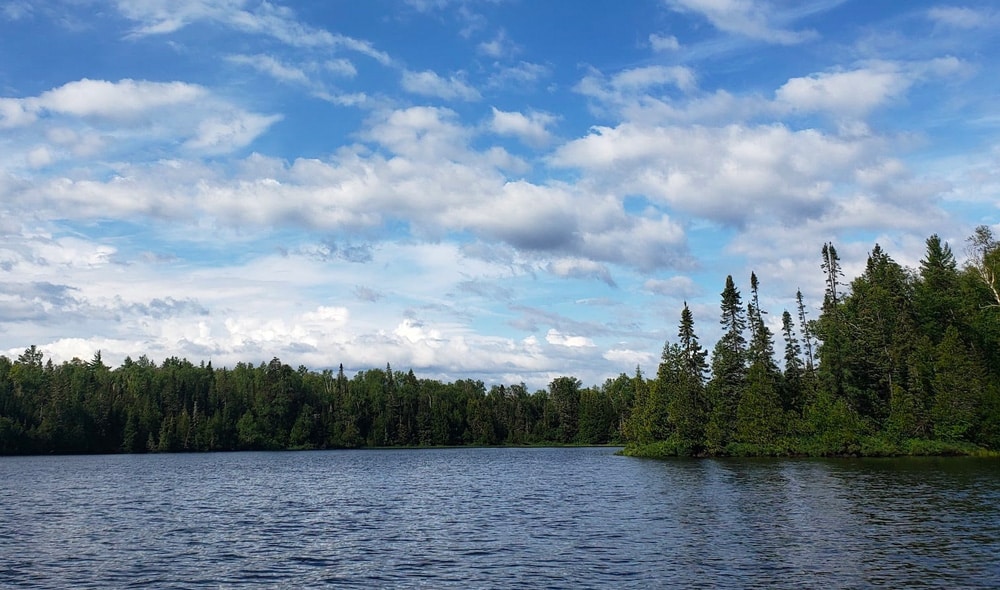
A disagreement is simmering in northeastern Minnesota between some local officials and the U.S. Forest Service over how much the federal government should compensate counties for land in the Boundary Waters Canoe Area Wilderness. The annual payments are intended to make up for taxes that would be paid on wilderness land if it was privately owned.
The payments in lieu of taxes were authorized in 1948 by legislation that also provided funds for the Forest Service to buy cabins and resorts in what would become the Boundary Waters. The federal government appraises the land every 10 years and pays three-quarters of one percent of the appraised value.
When the most recent appraisal was completed in 2018 and pointed to a reduction in PILT, the counties objected and ultimately won a re-do from the Secretary of Agriculture, who oversees the Forest Service. While a reappraisal was being conducted, the federal government has continued basing its payments on the 2008 value.
In June, the Forest Service shared its new appraisal with the counties, which raised the value only slightly. In Cook County, the reappraised value of Cook County’s portion of the BWCAW was $194.1 million, compared to $169.8 million in the 2018 appraisal. Based on those figures, Cook County would receive about $1.35 million per year in PILT, less than the previous decade’s average of about $2 million. Now, the counties have appealed the appraisal once again.
According to WTIP, Cook County assessor Bob Thompson recently told the Cook County board of supervisors that the Forest Service bases its valuation primarily on the timber value of the land — how much it would be worth if logged. But the federal process ignores other uses, such as development and mining.
“Present-day geologists have confirmed to us that this property, if it were open to development, would probably be the most highly prospective area in the United States for copper-nickel, cobalt, silica, gold, lithium, titanium, platinum group elements, iron in Cook County, lead, chrome, and vanadium,” the assessor wrote to the Forest Service appraiser. “Also not discussed by the appraiser is the value of dimension stone, aggregate deposits, and even diamonds.”
While the county is not interested in logging, mining, or developing the popular wilderness area, they believe local governments aren’t being justly compensated.
More than 60 percent of Cook County land is owned by the federal government, including the wilderness and National Forest lands outside it. Because the county can’t collect taxes on those lands, PILT are a large part of its annual revenue, paying for roads, emergency response, and other services.
More information:
- Cook County land in the BWCA worth nearly $1 billion, officials say – WTIP Outdoor News
- Payment in Lieu of Taxes – Cook County Connections – Boreal.org

